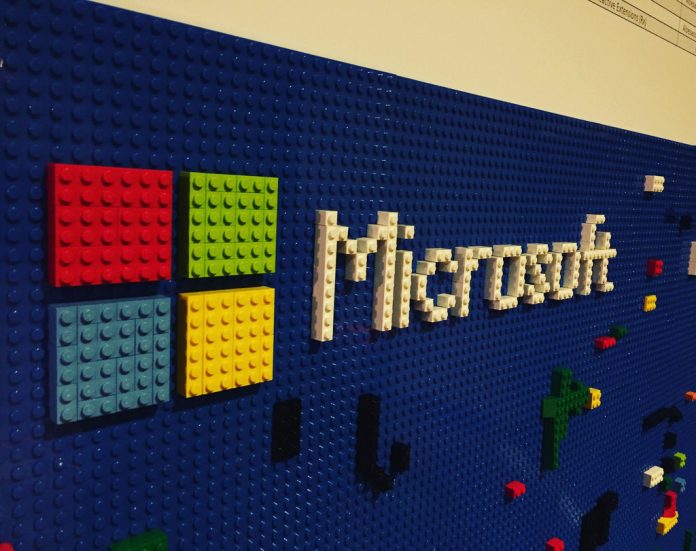
Microsoft unveiled plans to make Cortana and bots sound more human for a more talkative interaction with the AI. This controversial move will surely emerge successfully beyond speculation due to the highly qualified staff in charge of this project. The team includes Siri chief scientist Larry Gillick and researchers such as Percy Liang, who helped create the Google Assistant software.
The blog post included very few details about the AI startup Semantic Machines, but Microsoft AI and Research Group chief technology officer David Ku stated that the acquisition of this machinery will be used only to improve the Cortana experience, by helping developers create a more interoperable voice app for the assistant across other Microsoft powered products.
Microsoft basically announced that the company wants to be a pioneer in the making of conversational AI. One of the proofs of this is the intentions of the company on creating the first Conversational AI center for excellence at the University of California, Berkeley.
Excited to announce @Microsoft has acquired @SemMachines, a company revolutionizing #conversationalAI https://t.co/MT51Oe0JZQ
— Microsoft Research (@MSFTResearch) May 21, 2018
Why Semantic Machines will help improve Cortana
Semantic Machines are responsible for the processing of recognition technology, a precursor for machine learning since these are specified in areas like the recognition of both speech and natural language processing. These features are key for the development of a more enhanced artificial Intelligence as logic would suggest, for example, if you ever wondered about how could Alexa recognize a voice, this is somehow the process that made it possible.
Now, Semantic Machine tech will be present in a wide variety of Microsoft services and products, and the company has suggested already that this will be the basis of the company’s future products. Once this technology is available for more and more pieces of hardware and software, Cortana should become progressively smarter and more capable to carry out tasks for its users.
Microsoft acquires conversational AI startup Semantic Machines to beef up Cortana, the Azure Bot Service, and Microsoft Cognitive Services https://t.co/HRfBVJxC2b pic.twitter.com/l4L4QGpL5q
— VentureBeat (@VentureBeat) May 21, 2018
The main goal for this type of technology being employed in the homes of millions of Microsoft users is for them to understand and take advantage of the fact that in time, these operative systems will learn and adapt from and into the user’s habits.
Tech officer for Microsoft David Ku said to further explain the goals of employing these technologies into Microsoft, “From an end user standpoint we would create new skills using the Semantic Machines approach that could handle a lot more language variations so you can for example issue a command then go back and say ‘No, I meant don’t send it to my boss, send it to my boss’ boss’ and have the system adaptively learn from context so you don’t have to recreate everything from scratch”
Source: Microsoft










